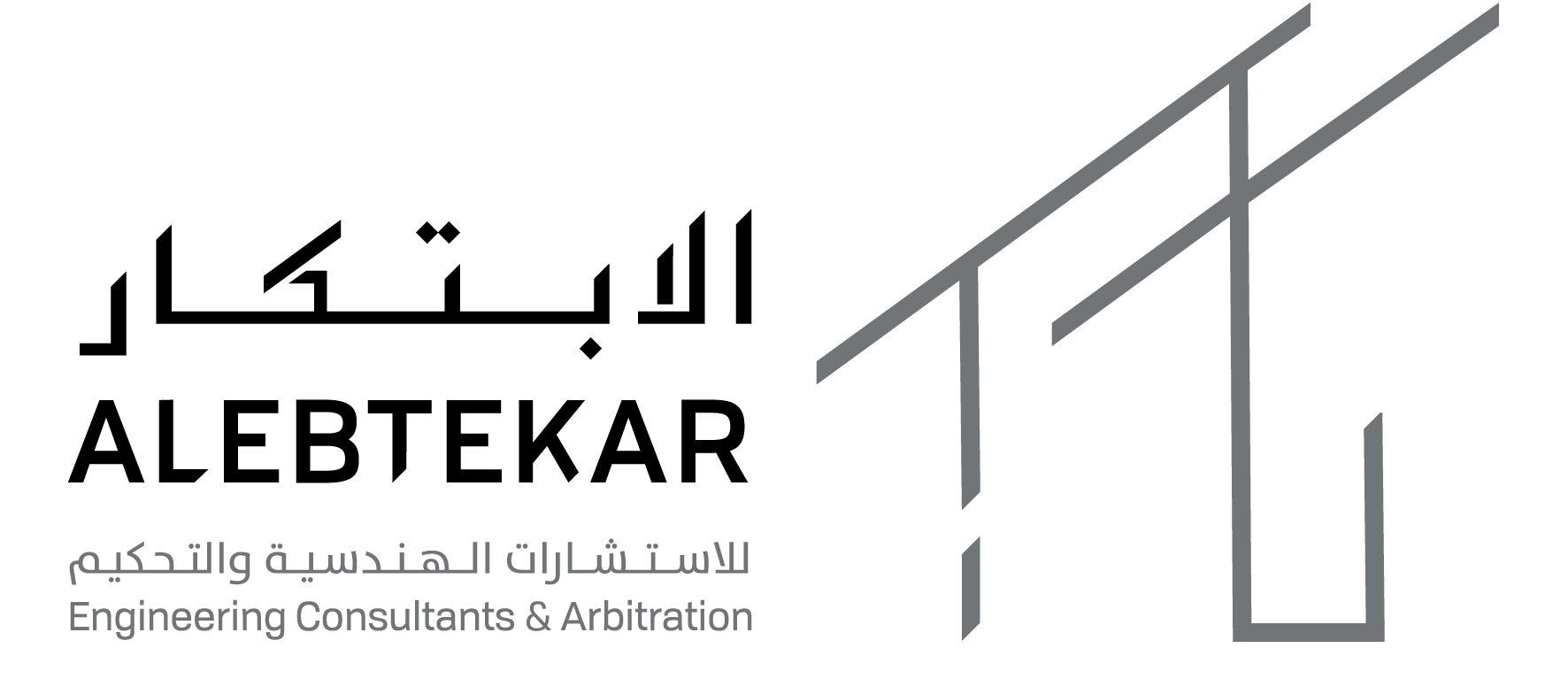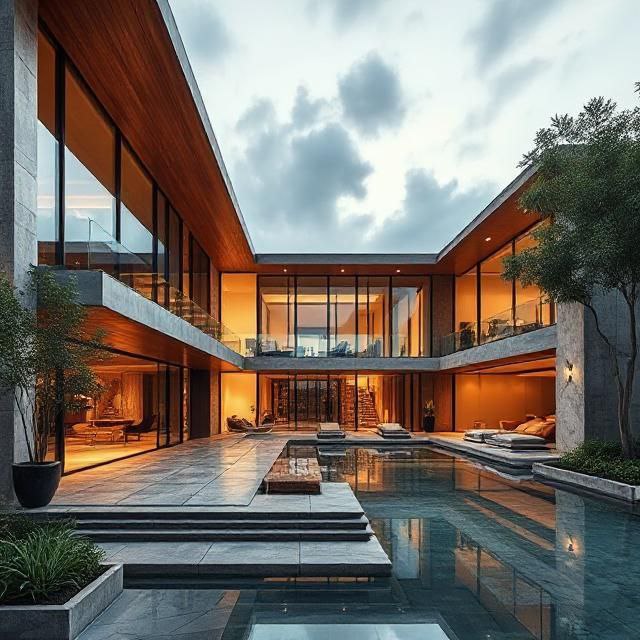Architectural Design: From Vision to Building
Architectural Design shapes space, solves problems, and tells the story of how people live, move, and work. It turns ideas into buildings. It aligns form, function, budget, and code. It also guides teams toward a shared vision. In this comprehensive guide, we explore how Architectural Design works step by step, why it matters for clients, and how modern architecture, sustainable architecture, and interior design all connect to create better places.
What Architectural Design Really Means
Architectural Design is the disciplined process of planning, organizing, and detailing a building. It clarifies goals. It transforms user needs into measurable requirements. It sets a roadmap from early sketches to final construction documents. Because it is strategic, Architectural Design reduces risk and improves outcomes. It also adds value for owners who want a building that performs, adapts, and lasts.
In practice, Architectural Design manages many forces: space planning, building codes, structural logic, mechanical and electrical systems, materials and assemblies, energy and daylighting, safety and accessibility. Moreover, it coordinates consultants and translates technical input into coherent drawings and specifications. Therefore, it becomes the bridge between vision and execution.
Why Clients Choose Architectural Design First
Great projects start with clear intent. Architectural Design defines that intent early. It frames priorities, tests options quickly, and compares costs and benefits. As a result, clients see trade-offs in time and understand implications before committing to construction. With Architectural Design, owners gain confidence, alignment across teams, and avoid costly redesigns.
Furthermore, Architectural Design improves communication with authorities. It anticipates code questions, produces compliant drawings, and documents decisions. Therefore, approvals move faster. Contractors also benefit: they price work with fewer assumptions, plan sequences with accurate details, and deliver smoother projects.
The Phases of Architectural Design
1) Pre-Design and Discovery
This is a research sprint. It clarifies the client’s goals, program, budget, and site conditions. Architects gather data, conduct interviews, survey existing facilities, and review regulations. The outcome is a program document and site analysis. This phase sets measurable objectives and informs every subsequent decision.
2) Concept Design
Next, ideas take shape. Architects test spatial strategies, massing, and circulation. They sketch, model, and simulate. Clients see broad options and can react. In this phase, creativity flows but is guided by program and budget. Concepts often include diagrams, rough 3D views, and preliminary area summaries.
3) Schematic Design
Schematic Design deepens one concept. Architects refine layouts, scale, and relationships. They test daylight, structure, and systems. The design begins to feel like a building. Deliverables include floor plans, sections, elevations, and digital models. Cost estimators provide preliminary budgets. Clients approve scope and direction.
4) Design Development
Here, detail grows. Architects choose materials, detail assemblies, and coordinate with engineers. Lighting, HVAC, structure, and envelope integrate. Energy modeling may begin. Drawings show more dimensions and connections. Consultants’ input aligns with the architecture. At this point, the project reflects actual constructibility.
5) Construction Documents
This is the most technical phase. Architects produce precise drawings and specifications. Every wall, window, joint, and finish is documented. Dimensions, tolerances, performance standards, and installation methods are described. Contractors can now price accurately and build with confidence. This phase is the legal and technical foundation for construction.
6) Bidding and Permitting
Architects assist in tendering. They answer contractor questions, issue clarifications, and compare bids. They also submit documents to authorities for permits. Clear documentation and code coordination speed approvals and ensure fair competition. Owners make informed contractor selections.
7) Construction Administration
During building, architects protect the design intent. They review submittals, answer requests for information, and visit sites. They check progress against drawings and specifications. They evaluate changes and costs. They issue certificates for payment. In this way, Architectural Design continues through construction, ensuring quality and compliance.
Modern Architecture: Clarity, Function, and Human Experience
Modern architecture influences Architectural Design profoundly. It emphasizes clarity, proportion, and functionality. It values honest materials, efficient planning, and integration with technology. Modern architecture has taught us to simplify forms, open up interiors, and connect indoor and outdoor spaces. Thus, contemporary design often inherits modern principles while adapting to new needs.
Sustainable Architecture: Performance as a Design Driver
Sustainable architecture is not an add-on; it is embedded in Architectural Design. Energy performance, passive strategies, material life cycles, and water conservation drive decisions from concept through detail. Architects use simulations to optimize orientation, shading, ventilation, and envelope design. As a result, sustainability enhances resilience, reduces lifecycle cost, and supports healthier communities.
Residential Architectural Design
Residential design balances lifestyle, budget, and local context. It considers privacy, openness, flexibility, and comfort. Houses, apartments, and villas each require tailored space planning. In residential Architectural Design, interiors and exteriors blend. Families see their values expressed in materials, finishes, and gardens. Resale value, durability, and adaptability also matter.
Commercial Architectural Design
Commercial design focuses on efficiency, brand, and user flow. Offices, retail, and mixed-use developments demand clarity of circulation, robust infrastructure, and flexible layouts. In commercial Architectural Design, return on investment drives planning. Spaces must attract customers, improve productivity, and manage operational costs. Digital integration, safety, and accessibility are critical.
Interior Design as a Critical Layer
Interior design is not separate from Architectural Design; it is a critical layer. It determines finishes, lighting, furniture, and acoustics. It controls how users perceive and use space. Good interior design aligns with the architecture and enhances it. It can transform ordinary structures into inspiring environments. In workplaces, interiors affect health and productivity. In hospitality, they define brand and atmosphere.
Building Codes and Regulations
Architectural Design must comply with codes and regulations. These ensure safety, accessibility, fire protection, structural integrity, and energy efficiency. Codes evolve with technology and social priorities. Architects interpret and apply them throughout design and construction. Non-compliance can cause delays, penalties, or risks. Therefore, Architectural Design integrates code compliance from day one.
Budgeting and Cost Control
Architectural Design protects the budget. It aligns scope with resources. It identifies cost drivers early. It tests alternatives and provides value engineering. By integrating cost consultants, architects maintain financial discipline without compromising quality. In fact, good design often reduces cost by improving efficiency, coordination, and durability.
Digital Tools in Architectural Design
Digital tools have revolutionized Architectural Design. Building Information Modeling (BIM) integrates drawings, data, and performance. Virtual reality allows clients to experience spaces before they are built. Energy and daylight simulations optimize performance. Parametric design explores complex geometries. These tools improve collaboration, reduce errors, and enhance outcomes.
Quality in Architectural Design
Quality means design that endures, functions, and inspires. It is not about luxury or excess but about coherence, durability, and appropriateness. Quality in Architectural Design shows in detailing, alignment of systems, material selection, and proportion. It satisfies both practical and emotional needs. Ultimately, quality design improves lives and supports sustainable growth.
Frequently Asked Questions
- How long does Architectural Design take? Timelines vary by scale, approvals, and complexity. However, clear decisions and steady feedback speed progress.
- How much does Architectural Design cost? Fees reflect scope, schedule, and specialization. Good design reduces lifecycle cost, so value must include operations, maintenance, and flexibility.
- Do sustainable features pay back? Yes, when chosen wisely. Envelope improvements and efficient systems often bring strong returns and greater comfort.
- Why do I need BIM? BIM supports coordination, reduces clashes, and improves accuracy. It also helps visualize choices for non-technical stakeholders.
- What is the role of interior design? Interior design is where people interact with the building every day. It aligns finishes, lighting, and acoustics with function and brand.
Conclusion: A Reliable Path From Vision to Building
Architectural Design is a practical craft guided by purpose. It connects concept to constructible detail. It aligns budgets with performance. It coordinates teams, codes, and schedules. It anchors sustainability and experience. It keeps communication open and decisions clear. As a result, owners gain spaces that work beautifully, adapt gracefully, and endure.
Contact Al Ebtekar Engineering Consultancy Now
📧 Email: INFO@ALEBTEKAR.COM.SA
📱 Mobile: 0540007320
☎️ Landline: 920004058


